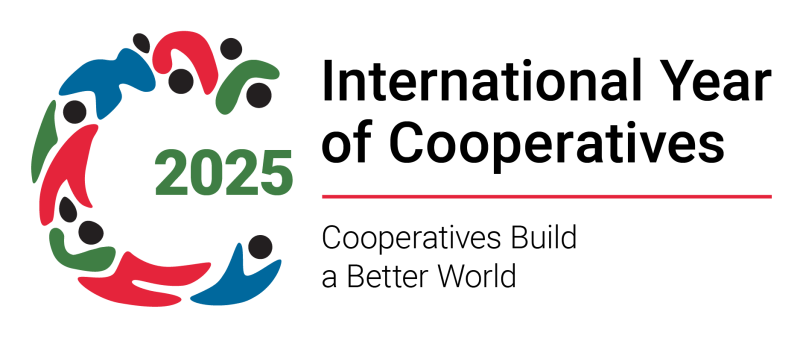Lifeline Public Buildings
Safe Life Line Public Buildings
 The impact of sudden, high intensity disasters is devastating not only on people, but also buildings and infrastructure. Buildings like hospitals, schools, administrative centres, fire service and police stations, community halls etc serve critical functions in responding to a disaster event. While hospitals, administrative centres and control rooms are critical in responding to an emergency, schools, community and meeting halls perform emergency functions as evacuation centres and relief camps. Structural and non-structural damage to such structures not only risk the lives of those inside the building at the time of disasters like critically ill patients in hospitals or children in schools but also hampers quick response to the calamity. In the Bhuj earthquake of 2001 the only civil hospital in Bhuj was damaged, killing more than 200 persons including doctors, nurses, patients, visitors and staff. Therefore preparedness and mitigation measures should include retrofitting of life-line buildings for not only saving lives of the vulnerable people, but also to ensure prompt and efficient response to disasters.
The impact of sudden, high intensity disasters is devastating not only on people, but also buildings and infrastructure. Buildings like hospitals, schools, administrative centres, fire service and police stations, community halls etc serve critical functions in responding to a disaster event. While hospitals, administrative centres and control rooms are critical in responding to an emergency, schools, community and meeting halls perform emergency functions as evacuation centres and relief camps. Structural and non-structural damage to such structures not only risk the lives of those inside the building at the time of disasters like critically ill patients in hospitals or children in schools but also hampers quick response to the calamity. In the Bhuj earthquake of 2001 the only civil hospital in Bhuj was damaged, killing more than 200 persons including doctors, nurses, patients, visitors and staff. Therefore preparedness and mitigation measures should include retrofitting of life-line buildings for not only saving lives of the vulnerable people, but also to ensure prompt and efficient response to disasters.
Following links briefs about safety tips for construction of public life line buildings in disaster prone areas:
- Seismic safety of non-structural elements and contents in hospital buildings.

- Delhi earthquake safety initiatives for lifeline buildings.

- Guidelines for design and construction of cyclone/Tsunami shelters.

- Towards rebuilding a new Andaman & Nicobar : Shelter & habitat rehabilitation

- Emergency Operations Centre : Architectural, structural & communication plan for District level EOC (District Headquarters in seismic zone V)

- Emergency Operations Centre : Architectural, structural & communication plan for State level EOC (Capital town/city in seismic zone IV)



